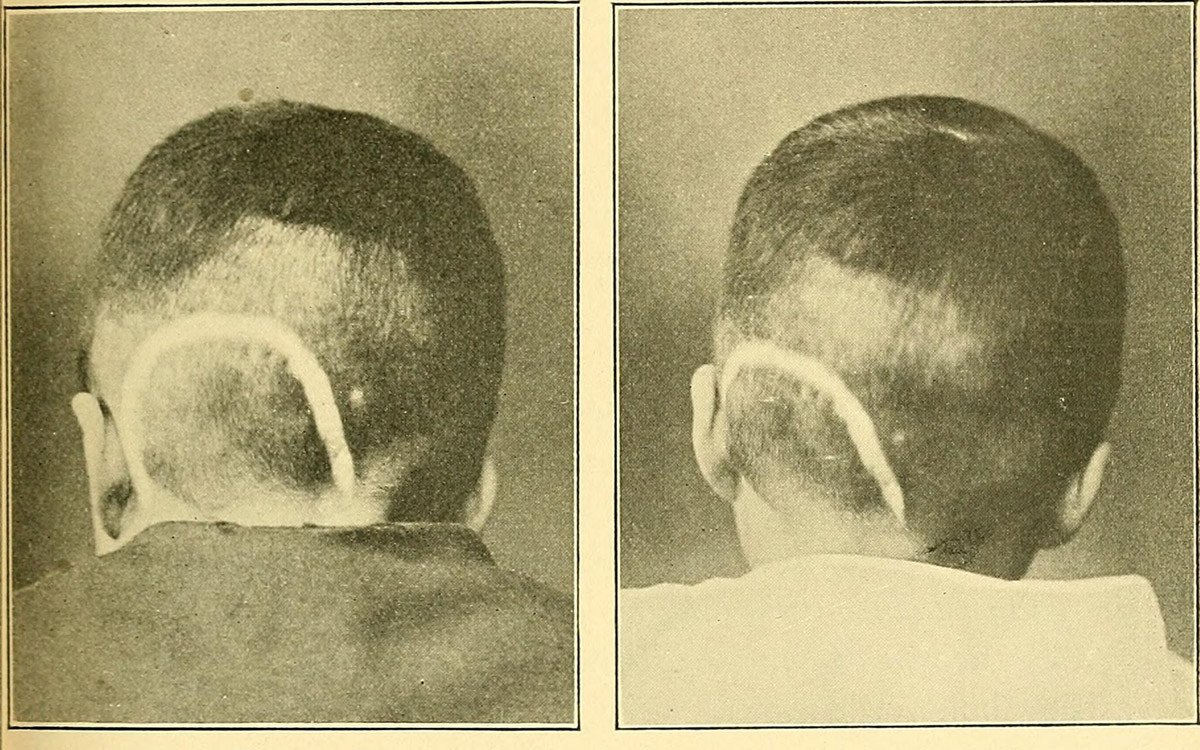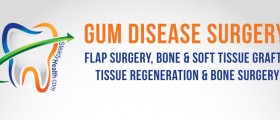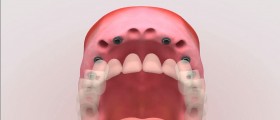
Nystagmus is a medical condition that features with involuntary eye movements. All the cases of nystagmus can be divided into the congenital, manifest- -latent, and acquired nystagmus. In all these cases surgical approach may be beneficial. The goal of the surgical procedure is to reduce the amplitude of nystagmus. Additional problems such as incommodious head posture together with visual acuity can be improved as well.
Surgery for Congenital Nystagmus
Congenital nystagmus may be isolated medical condition or can be accompanied by some other ocular anomalies. These patients need to be thoroughly examined and in the beginning to try wearing glasses or contact lenses. There are several possible surgical procedures that can help with congenital nystagmus. The most commonly performed is recession of a rectus muscle.
Kestenbaum surgery is performed to improve the abnormal head posture which is actually a consequence of nystagmus. This surgery includes all the rectus muscles of the eyes.
Prior the surgery the patient is examined as nystagmus can be present together with astigmatism or anisometropia. The goal of the surgical procedure is to achieve sort of gaze palsy towards the side to which eyes are directed. The problem may lie in the fact that response to the surgery is not permanent in all the cases. The head posture tends to reoccur after certain period of time.
In artificial divergence surgery the surgeon tries to achieve a latent divergent ocular position. When this is done the involuntary eye movements will disappear as the patient will exert fusional convergence.
Maximum recession of horizontal rectus muscles is performed to achieve weaker horizontal rectus muscles which will then not be able to cause so rapid eye movements.
Anterior tenotomy of rectus muscles is helpful but this procedure has been only performed on animals.
One study even investigated neurosurgical superior colliculectomy which was effective in more than half of the participants but nystagmus was reduced for only 40%.
Surgery for Manifest- Latent Nystagmus
Surgery in patients who are suffering from manifest-latent nystagmus tends to prevent the fixing eye from drifting into the nasalward direction. During the surgery medial rectus muscle of the dominant eye is posteriorly fixated. In majority of cases of this type of nystagmus patients have esotropia and a face-turn. This can be fixed by standard recession of the medial rectus muscle and resection of lateral rectus muscle on the dominant eye.
Surgery for Acquired Nystagmus
Unfortunately, patients who are suffering from acquired nystagmus cannot be properly treated with the surgery. In certain cases the cause of the acquired nystagmus can be eliminated by some surgical procedure. If these patients do not develop compensatory head posture, artificial divergence surgery together with maximal recession of horizontal rectus muscles may be beneficial. However, the majority of people with acquired nystagmus simply cannot be treated properly.
















Your thoughts on this
Loading...